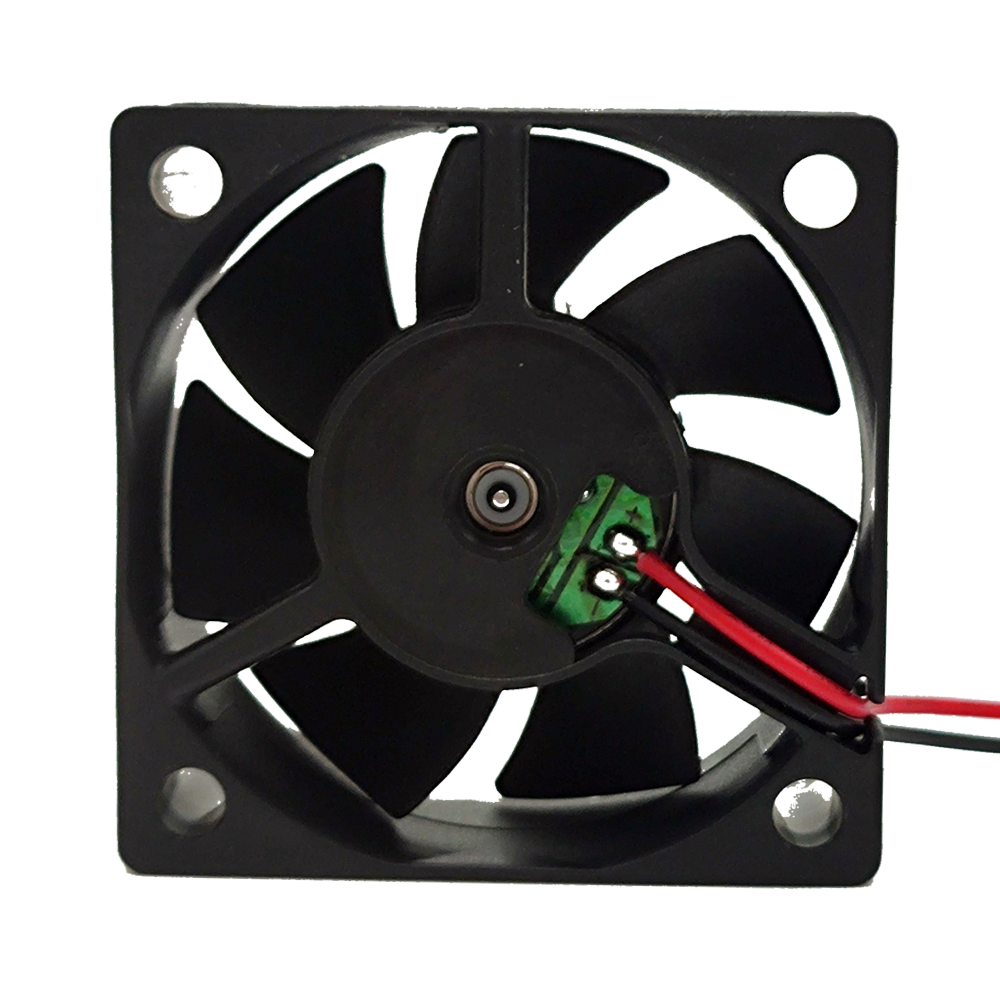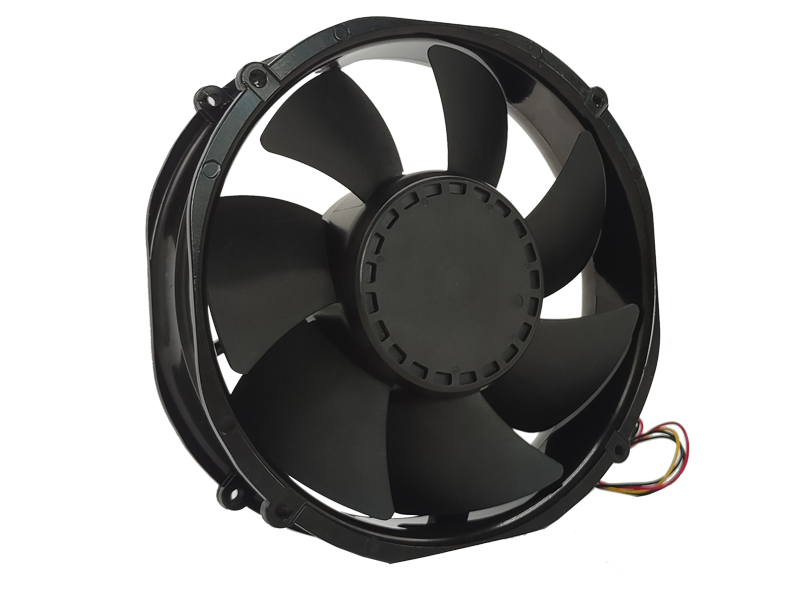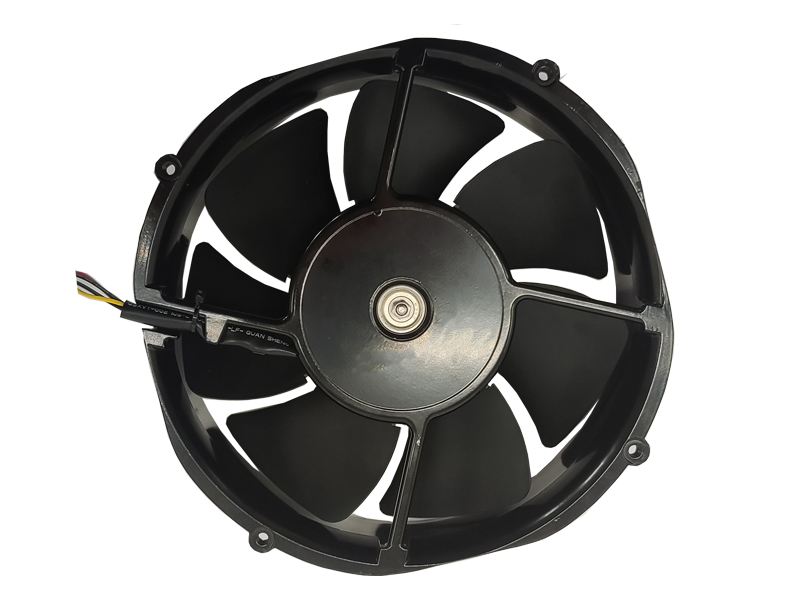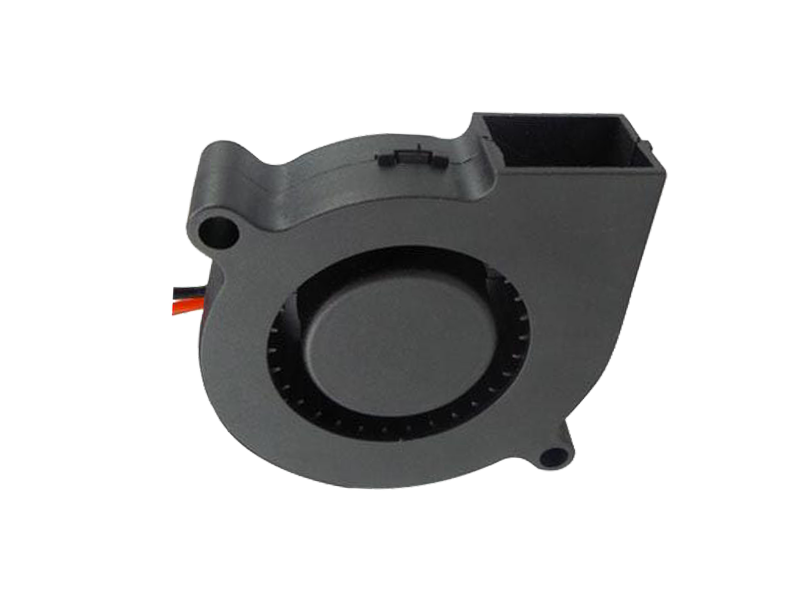Industrial fans play a critical role in a wide range of industries by providing the necessary airflow for ventilation, cooling, and exhaust systems. They are found in manufacturing facilities, warehouses, power plants, and HVAC systems, contributing significantly to operational efficiency and safety. In this article, we will explore how the design and innovation of industrial fans directly impact product performance, operational costs, and sustainability. Understanding these elements is essential for any business or product manager involved in industrial operations.
1. The Core Function of Industrial Fans
At their core, industrial fans are designed to move air or gases in a controlled manner, ensuring optimal temperature, air quality, and moisture control within industrial environments. This is crucial for both the comfort of employees and the safety and functionality of machines. Depending on the application, industrial fans can range from small axial fans used in ventilation systems to large centrifugal fans designed to handle significant air volume and pressure in complex systems.
Key applications include:
Ventilation: Ensuring fresh air circulation, reducing heat buildup, and maintaining acceptable levels of air quality.
Cooling: Industrial processes often generate heat that needs to be dissipated to avoid overheating machinery or processes.
Exhaust: Removing dangerous gases, smoke, or particles to ensure safety in production or laboratory environments.
The performance of these fans is directly tied to their design. Efficient airflow can reduce energy consumption, improve worker safety, and enhance system reliability.
2. Design and Innovation: Impact on Efficiency
The design of industrial fans significantly impacts their operational efficiency. Innovations in materials, aerodynamics, and motor technology have revolutionized industrial fan performance.
Material Innovation: Traditional industrial fans are made from steel or aluminum; however, new materials such as high-strength plastics or composite materials are increasingly being used. These materials are lighter, more corrosion-resistant, and can withstand extreme temperatures, all of which contribute to increased durability and reduced maintenance costs.
Blade Design: The geometry of fan blades plays a major role in efficiency. Advanced fan blade designs, such as those with specialized airfoil profiles, can reduce turbulence and increase airflow. This leads to better cooling performance while consuming less energy. Additionally, variable blade angle fans are being used to adjust airflow depending on specific operational conditions, providing more flexibility.
Motor and Drive Technology: Efficient motors are another key area of innovation. Many modern industrial fans feature brushless DC motors, which are more energy-efficient, reliable, and capable of providing variable speeds for greater control. By using direct drive or variable frequency drive (VFD) systems, these fans can adjust their speeds to match the load requirements, significantly reducing energy consumption.
3. Sustainability and Environmental Impact
In an increasingly eco-conscious market, reducing the environmental footprint of industrial processes is essential. Industrial fans are a critical element in achieving sustainable energy use in many industries.
Energy Efficiency: Industrial fans are typically one of the largest energy consumers in a manufacturing facility or plant. By optimizing fan design and incorporating energy-efficient motors, businesses can reduce their electricity consumption. Additionally, fans that can operate at variable speeds are more energy-efficient than traditional fixed-speed fans, as they adjust their output based on the cooling or ventilation needs of the system.
Use of Eco-friendly Materials: Manufacturers are increasingly opting for materials that are sustainable, recyclable, and have lower environmental impacts. Choosing materials that are recyclable, like aluminum or certain plastics, can reduce the carbon footprint of industrial fan production.
Recyclability of Products: In line with the global push for sustainability, more manufacturers are creating fans that are fully recyclable at the end of their life cycle. This reduces waste and supports industries striving for a circular economy.
4. Noise Reduction and Operational Comfort
Noise pollution is a significant concern in industrial environments, as excessive fan noise can cause health issues for employees and disturb the working environment. Manufacturers are placing more emphasis on creating quieter fan models without sacrificing performance.
Noise Reduction Technologies: Engineers are developing fans with noise-dampening features, including specialized housings, acoustic insulation, and noise-absorbing blades. Additionally, the implementation of variable speed motors enables fans to operate at lower speeds when high airflow is not needed, thus reducing noise levels.
Ergonomics: The ergonomic design of fans has also become an important focus. The aim is to minimize vibration and optimize user comfort in terms of noise levels, allowing employees to work without distractions or discomfort from loud machinery.

5. Predictive Maintenance and IoT Integration
One of the most significant technological innovations in industrial fan systems is the integration of predictive maintenance capabilities via the Internet of Things (IoT). This allows for real-time monitoring of fan performance, helping businesses avoid costly downtime and reduce maintenance costs.
Condition Monitoring: Through the use of sensors, industrial fans can continuously monitor parameters like vibration, temperature, and motor health. These sensors send real-time data to a central monitoring system, allowing maintenance teams to predict when a fan needs servicing before it fails completely.
Remote Diagnostics: IoT connectivity allows technicians to remotely diagnose fan issues, reducing the need for on-site visits and improving response times. Remote diagnostics can also help with faster troubleshooting and resolving problems, minimizing disruptions to operations.
Conclusion
The industrial fan is no longer just a mechanical device designed to push air; it has evolved into a critical component that affects energy efficiency, sustainability, and employee well-being. By prioritizing design innovations, energy efficiency, and environmental sustainability, manufacturers can deliver products that meet the ever-increasing demands of modern industries. As industrial processes continue to evolve, the role of industrial fans will undoubtedly become even more essential in optimizing operational performance.
Recommended Products

The main purpose:Car charging station

The main purpose:Car charging station

The main purpose:Electronic refrigerators, water dispensers, direct drinking machines, inverter power supplies
Address:No. 4137, Longgang Avenue (Henggang Section), Henggang Community, Henggang Street, Longgang District, Shenzhen
hotline:13530005572(Chen)15112579390(Li)


Welcome all friends to come for consultation and negotiation.
Copyright 2024 @ Shenzhen Youneng Xinyuan Electronics Co., Ltd.,(industrial fans,industrial blowers,axial fans,cooling fans manufacturer,centrifugal fans,ac cooling fans,dc cooling fans)